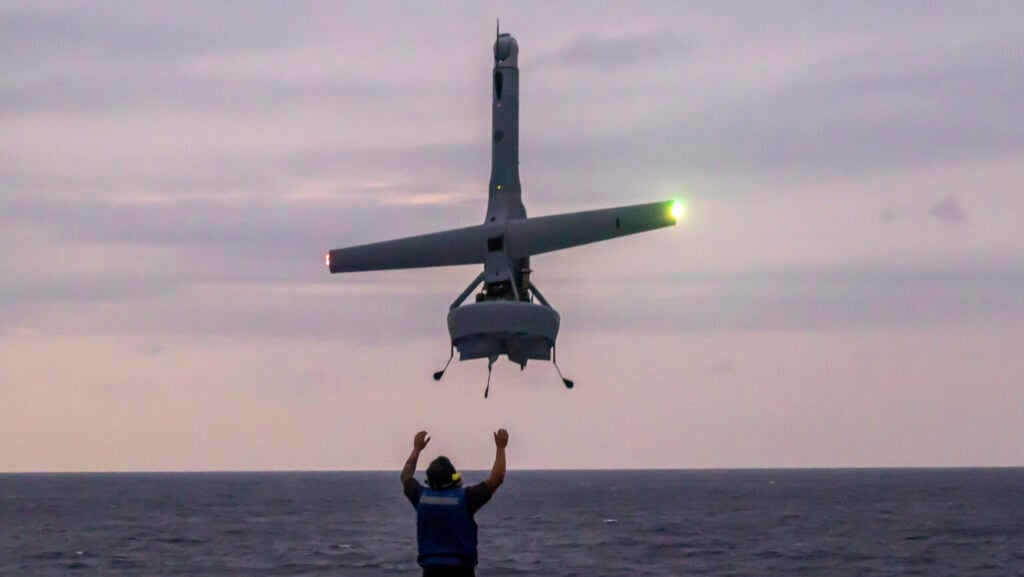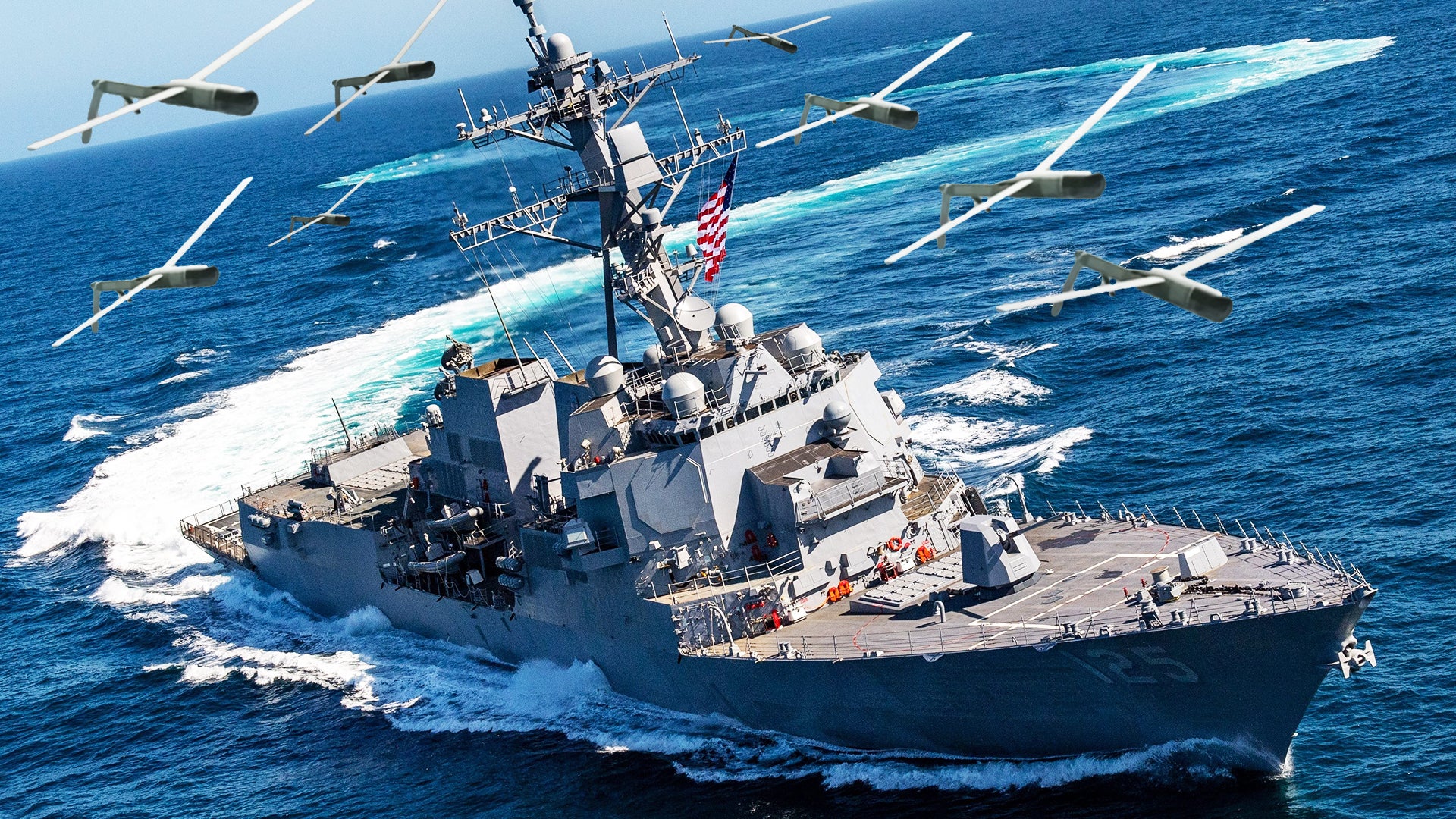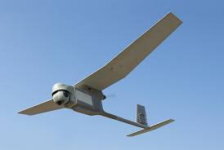"This AI race is the current tip of the spear in the global AI tech race," said one expert at a U.S. think tank.

www.newsweek.com
The US Army and Navy will benefit from a third follow-on production contract for JAGM and Hellfire II missiles.

www.army-technology.com
Under pressure of war the Ukrainians and Russians (among many other countries seeking assymetrical advantages over conventional forces) are experimenting in the field. The risks from doing nothing are worse than the risks of doing something, anything. Meanwhile we have the luxury of havering.
I gather that I am seen as being too much of a supporter of technological solutions. Perhaps that is because I have spent a lifetime seeing new technologies applied to old processes, a lifetime watching people literally bet the farm on a new idea and then have to make it work to its optimum. In military jargon the effort may culminate before the bet pays off but the bettor always has to make the best of the situation before them. Seldom can they afford to junk the kit they bet on.
My exposure started with cutting plastic cards that fed into electro-mechanical readers. Cogs drove the cards through the readers and cam-switches read the peaks and valleys that my father and I cut into the ridges on the plastic cards. Artificial Intelligence started as a clockwork device much like those mediaeval town clocks. On a regular schedule each of those cam-switches observed those plastic ridges, oriented itself to the peak or the valley, "decided" to go up or down and acted to turn on or turn off the device to which it was attached. Clockwork OODA loops. Physical programming.
As my career progressed the technology progressed from electro-mechanical logic with physical programming, to transistorized integrated circuit boards programmed with Reverse Polish Notation, to Programmable Logic Controllers with digital IO programmed by various proprietary ladder logic systems that sought to emulate electrical diagrams, to various HMI based systems based on every programming language known to man and many that were unknown to any but the inventor.
The common factor was that all of those systems were made to work because the people who had invested their capital in those systems had no option but to make them work. Even if the commissioning engineer could only deliver 80% of expectations at the end of the warranty period, even after the vendor throwing all sorts of free stuff at the cure, the user had to figure out how to deliver the other 20% by means of external work arounds. You lot would call that adapting Tactics, Training and Procedures.
A neat thing happens then. The commissioning engineers and the sales teams observe those TTPs, orient them to the original intent, decide on the changes necessary and then act to implement those changes in the next generation of solutions. Next time around they are still only 80% successful in achieving their goals but they were starting from a base of 80%. They were only chasing the last 20%. 80% of 20% is 16%. Add that 16% improvement to the original 80% success and after two iterations they have achieved 96% of their goal. And the customer gets to trim their TTPs again and the vendors team OODAs all over again. Continually.
I have been observing this, and participating in this, for the past 60 years. I have faith in the ability of people, not necessarily a person, or even a team, but people at large, to find solutions - to convert Dick Tracy wrist watches, Captain Kirk communicators and Spock Tricorders into real things. Real things that people moan about and complain that it could be better, that it doesn't do everything that it should,...but which does a lot more than the original novelist ever envisaged.
...
The other part of the equation is the revolution in sensors. As noted those early electromechanical devices were clockwork devices - very Soviet. They were driven by the clock and they drove the plan according to the clock and had very limited input from the environment. If the environment changed they continued to operate according to the clock and the plan. And I have spent many hours unfecking those trainwrecks and trying to figure out how to change the environment to suit the plan. Situating the estimate in the real world.
I have used sensors that detected temperature and pressure, vibration and speed, direction and orientation, density, air content, pH .... yadda yadda but the biggest and IMO most valuable sensors are the electro-optical sensors - and here I will include all RF sensors.
My first machine vision exposure was on a Swiss machine designed in the 1960s to wrap butter. Some of you may recognize the manufacturer. SIG. The operating principle was that a role of wax paper was spread over a flat surface with a rectangular hole in it. A rectangular block of butter was pressed into the paper and down into the hole and presto - a wrapped pat of butter.
The entire sequence was controlled by mechanical vision. Each pat of butter required a certain length of paper. That length was determined by small black rectangles printed on the wax paper at regular intervals. Those black rectangle were detected when they passed over a light and block the light to photocell. That blocking of the light triggered the sequence which resulted in a wrapped pat of butter and loaded the next pat and the next piece of paper. It worked just like you would expect a SIG automatic to work. Those black rectangles were single pixels.
Now we have sensors that can observe mega-pixels concurrently and orient them, decide and act on them concurrently. And everybody has this miracle technology in their pocket and it only costs a few hundred dollars. And the technology is applicable to everything that is sensible.
.....
The military has been flying clockwork missiles for generations. By the 1950s it was applying proximity sensors to artillery rounds. By the 1980s DAMASK optical seekers were guiding bombs to targets independently, MMW seekers were guiding Merlin mortar bombs and Brimstone missiles for the Brits and the Swedes were using IR seekers on their Strix mortar bombs. Those seekers are now integrated in JAGM missiles.
I understand that somewhere along the way during my 60 years of observing that people have taken to referring to Artificial Intelligence but they seem to have difficulty determining where the boundary lies between the technology represented by my father's plastic cards and electro-mechanical reader and a loitering missile on auto-pilot with an MMW seeker capable of precisely targeting the open hatch of a running T72 when surrounded by burnt out T72s and Abrams.
...
Why am I so keen on promoting technology solutions? Because I know that the Ukrainians, and the Russians, driven by circumstances to accept 80% solutions are leaving the havering West in their dust.
....
Again, I would buy 1200 Valkyries and 64 F35s before I would buy 88 F35s. And I would make them work. Even if I could only achieve 80% of the plan and had to adjust TTPs to suit.




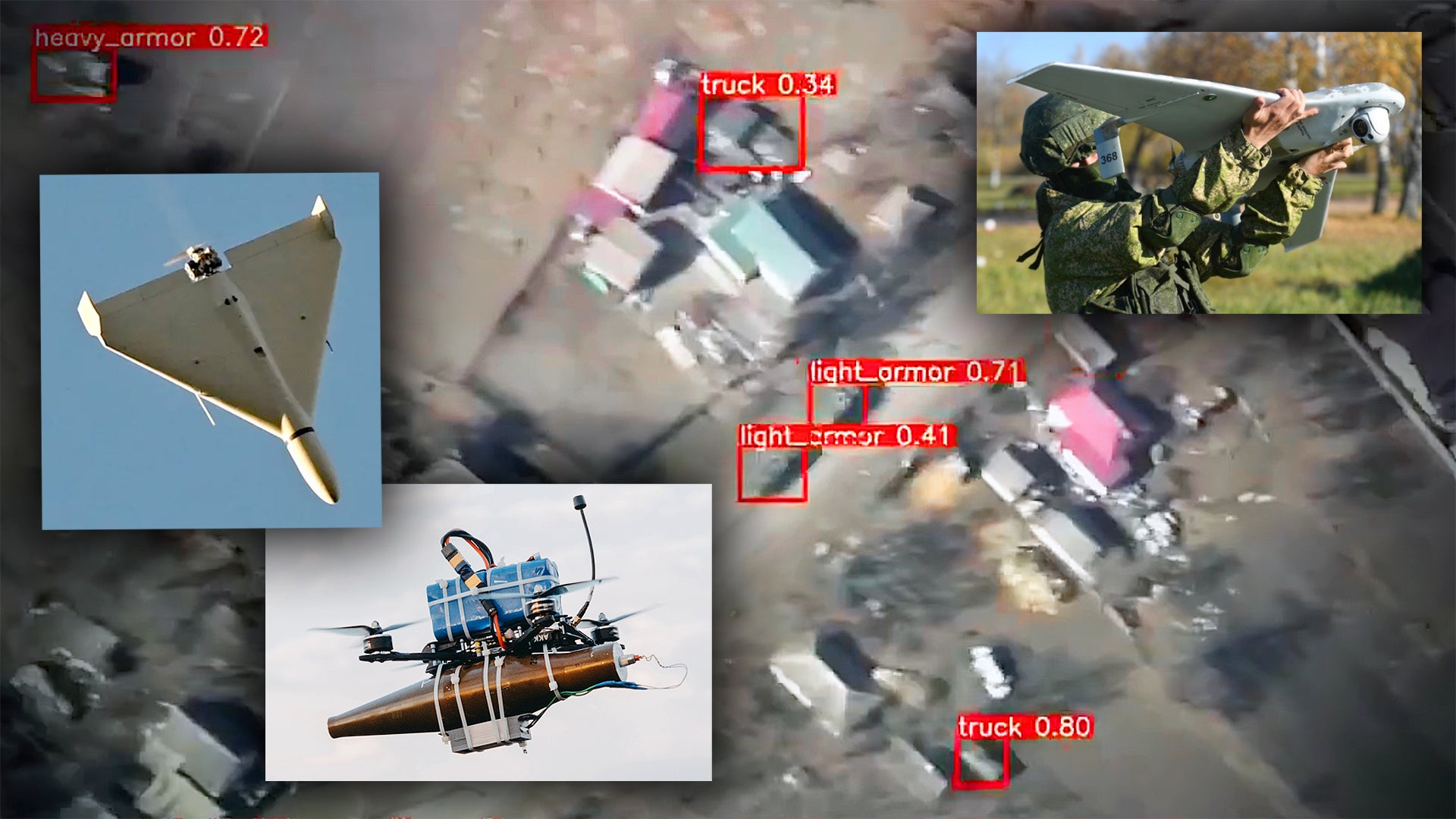



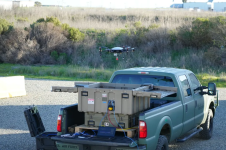
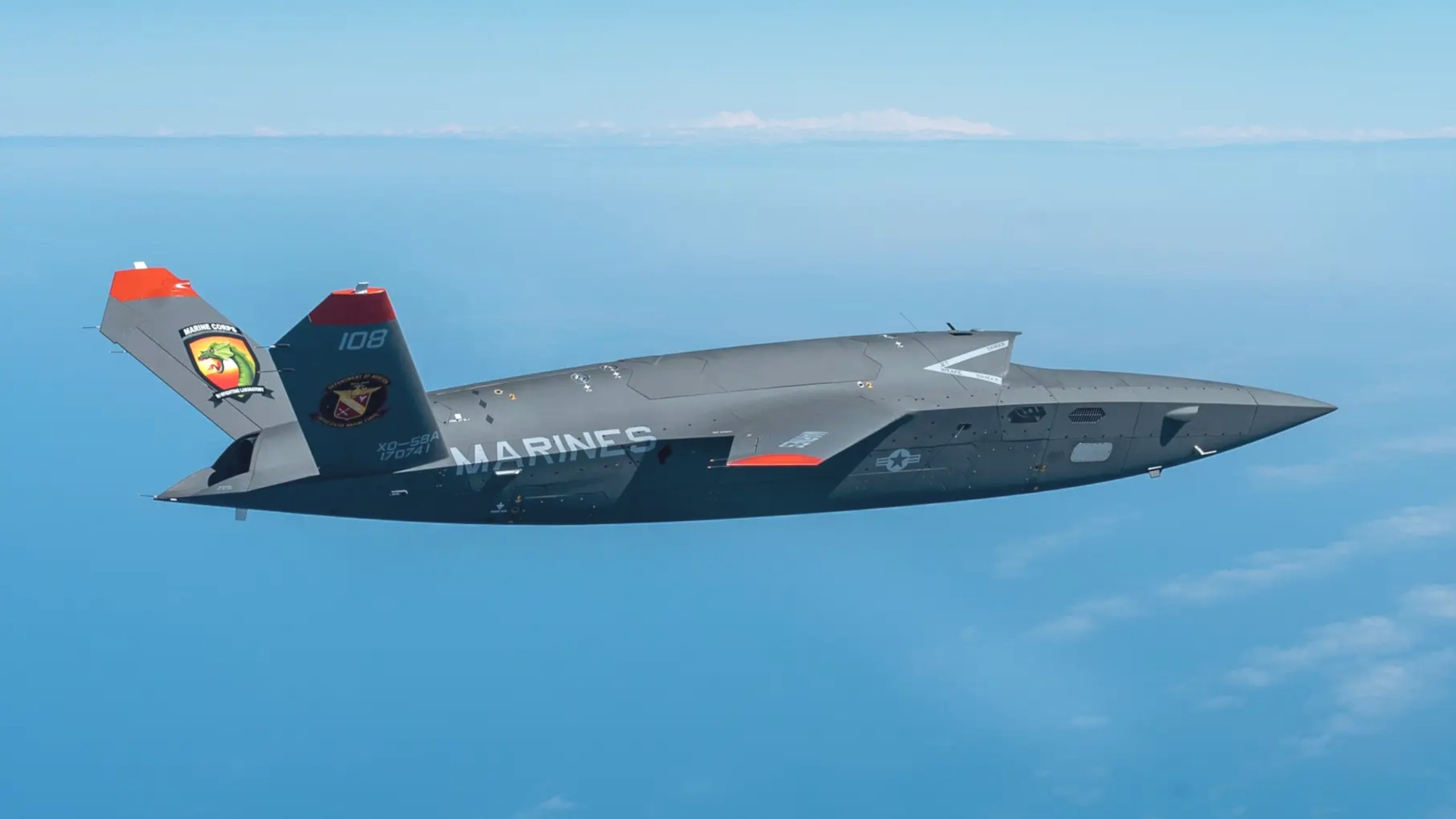
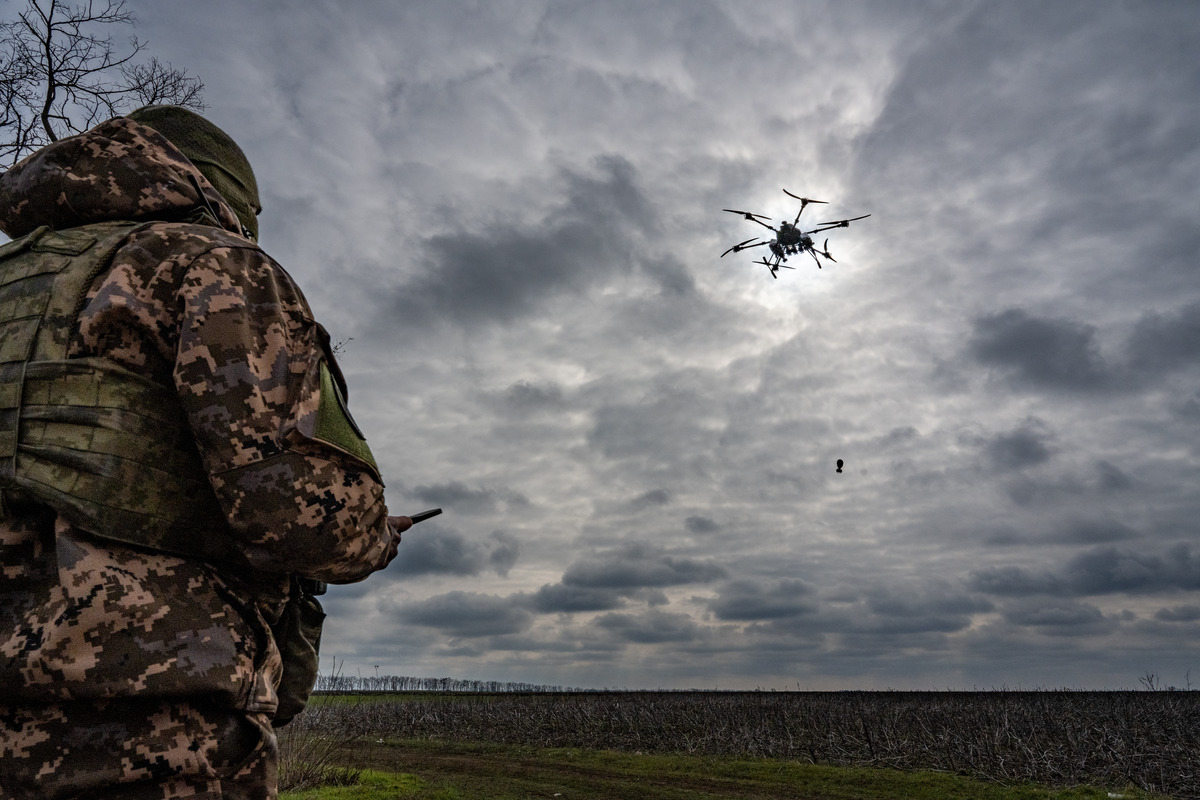


:quality(70)/cloudfront-us-east-1.images.arcpublishing.com/archetype/YEXXINCLXRCONBW3PGSTL4EDUY.jpg)
